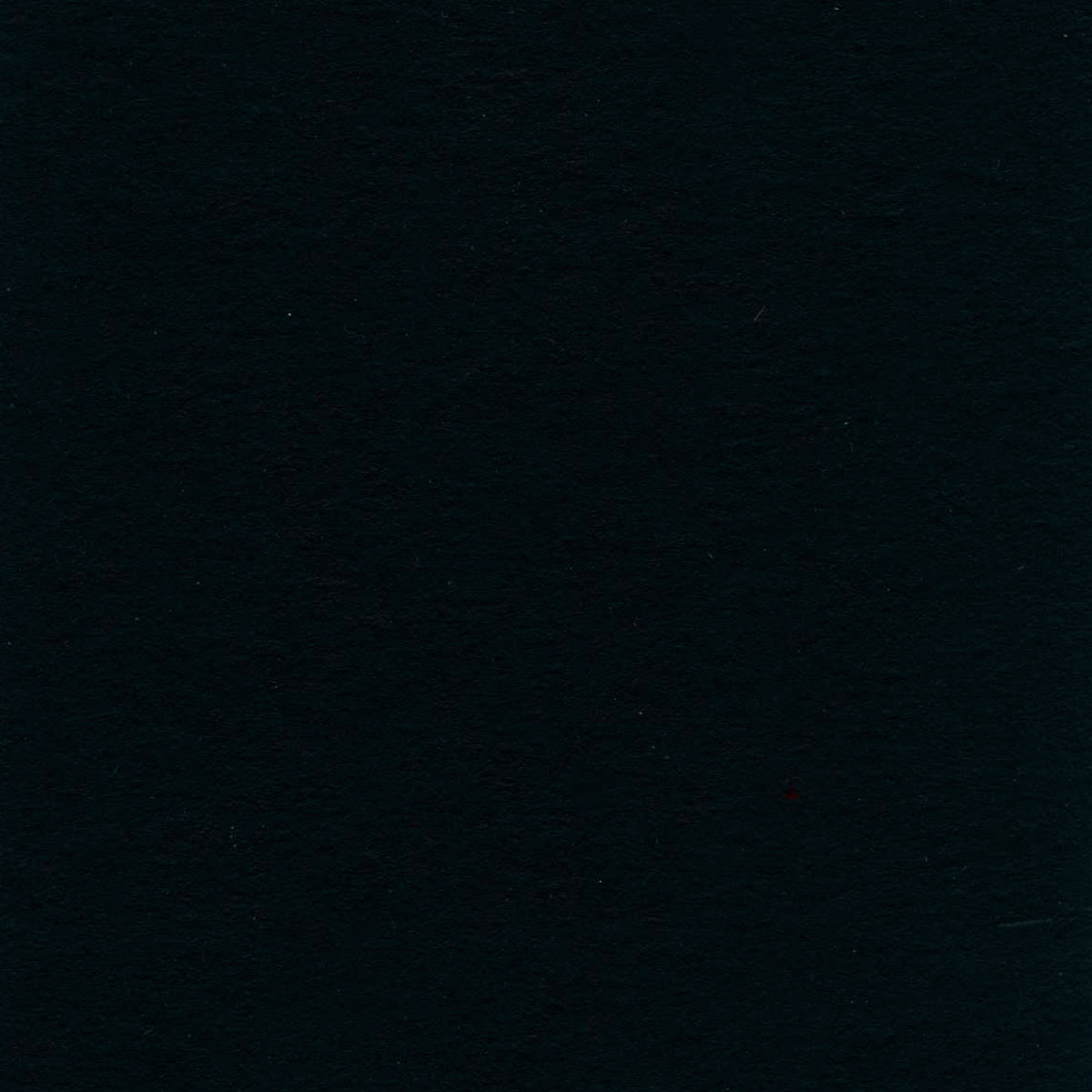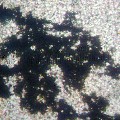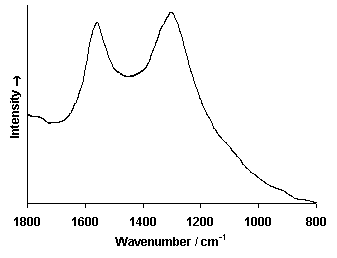Lampblack
Natural inorganic pigmentComposition and Properties of Lampblack
Lampblack is soot produced by burning oil or other combustible organic materials. Soot is basically pure carbon, sometimes containing small amounts of unburned material or other combustion products.
The pigment is very stable as are all carbon blacks, it is absolutely lightfast and compatible with all other pigments.

Pigment

Painted swatch
Video: 'The Different Blacks' by CITY STATIONERY GROUP SAL
Names
Alternative names
Soot
Color Index
PBk 7, CI 77266
Word origin
From Old French lampe “lamp, lights” (12c.), from Latin lampas “a light, torch, flambeau,” from Greek lampas “a torch, oil-lamp, beacon-light, light,” from lampein “to shine,” perhaps from a nasalized form of Proto-Indo-European root *lehp– “to light, glow”
From Online Etymology Dictionary
Lampenschwarz
German
Noir de lampe
French
Nerofumo
Italian
Negro de humo
Spanish
Preparation
Lampblack is soot which can be produced by burning oil in a lamp. Soot can also be produced by burning of a multitude of other fuels such as gas, fats, asphalt, paraffin, and resins. Soot produced industrially from gas or oil is called carbon black, however, carbon black had also been used synonymously with lamp black.
History of Use
Lampblack had been in use since prehistoric times and is one of the oldest pigments.
Identification
Fiber optics reflectance spectra (FORS)
FORS-Spectrum by A. Cosentino, Cultural Heritage Science Open Source (CHSOS)
Raman Spectrum
- Raman spectrum (see above) by Ian M. Bell, Robin J.H. Clark and Peter J. Gibbs, Raman Spectroscopic Library
University College of London. - Raman Spectrum in Pigment Checker Raman Spectral Database at Cultural Heritage Science Open Source (CHSOS)
X-Ray Fluorescence Spektrum (XRF)
XRF Spectrum in the Free XRF Spectroscopy Database of Pigments Checker, CHSOS website.

Microphotograph
image © Volker Emrath
Further Reading
References
(1) Winter, J. and West FitzHugh, E., Pigments based on Carbon, in Berrie, B.H. Editor, Artists’ Pigments, A Handbook of Their History and Characteristics, Volume 4, pp. 1-37.
(2) J. Winter, “The Characterization of Pigments Based on Carbon” Studies in Conservation, 28:49-66, 1983.
(3) Smith, Tony. “A review of carbon black pigments.” Pigment & Resin Technology 12.4 (1983): 14-16.
(4) S. Muntwyler, J. Lipscher, HP. Schneider, Das Farbenbuch, 2nd. Ed., 2023, alataverlag Elsau, pp. 178-181.

